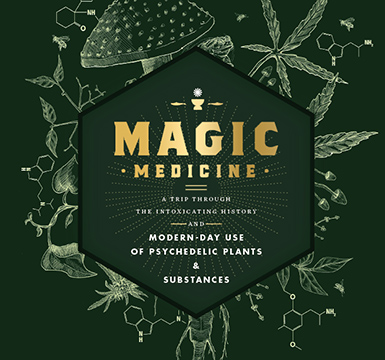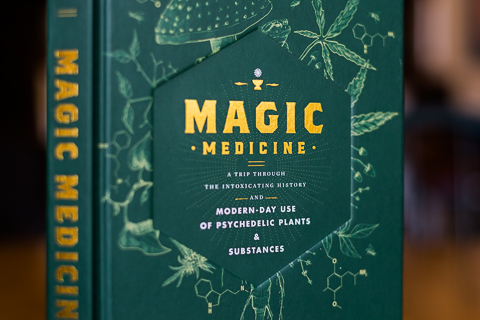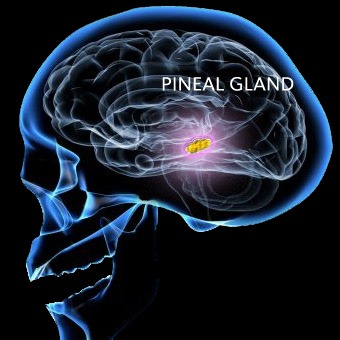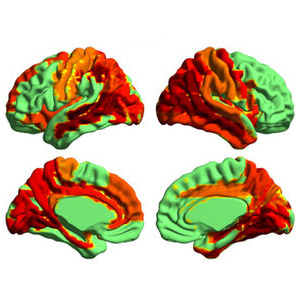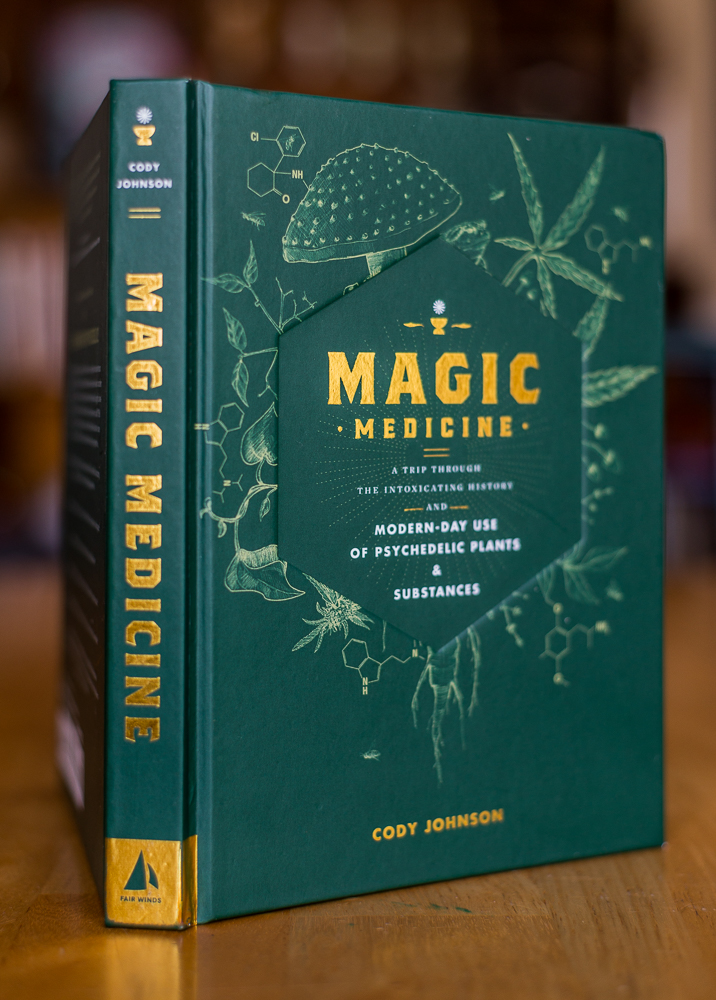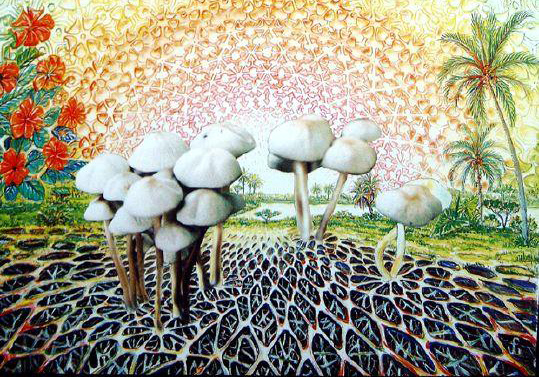
Some sixty years ago, Albert Hofmann — the Swiss chemist better known for discovering LSD — first isolated the active components of “magic” mushrooms, psilocybin and psilocin. Yet the question of how, exactly, the mushrooms produced these unique compounds remained a mystery ever since.
Until now, that is. Scientists at Friedrich Schiller University Jena in Germany have identified the four key enzymes used by these fungal bio-factories to produce their magical ingredients. To accomplish this, Dr. Dirk Hoffmeister and his team sequenced the entire genome of two psilocybin mushroom species, Psilocybe cubensis and Psilocybe cyanescens.
Even more impressive, they were able to splice the mushroom genes into E. coli bacteria so that they, too, could produce psilocybin.
The upshot? A remarkably effective “one-pot reaction” which takes a serotonin-like compound called 4-hydroxy-L-tryptophan and pumps out psilocybin.
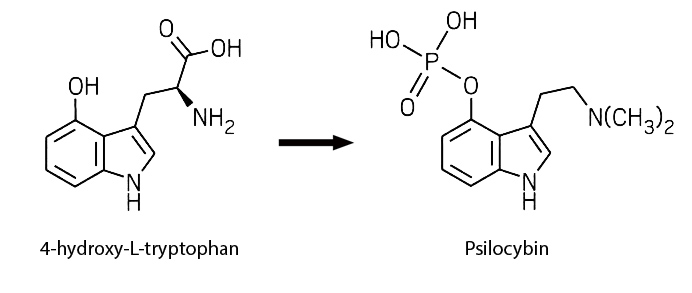
The new method improves greatly upon the efficiency of the tried-and-true method of growing mushrooms, and lays the groundwork for industrial-scale psilocybin production. “Given the renewed pharmaceutical interest in psilocybin,” wrote the researchers, “our results may lay the foundation for its biotechnological production.”
Of course, there remain serious regulatory hurdles. Psilocybin has shown early promise in treating end-of-life anxiety, severe depression, obsessive-compulsive disorder, and cluster headaches. It also appears to help both alcoholics and smokers kick the habit, and has been shown to reliably induce profound religious or “mystical” experiences. Yet it is not even close to becoming a prescription medicine. While science and technology march onward, our laws and attitudes toward this powerful medicine remain in the dark ages.
But perhaps someday, if new studies continue to confirm this remarkable substance’s many apparent benefits, the new synthesis produced at Friedrich Schiller University will be used on a wide scale to bring psilocybin to the masses.
![]()
Sources:
Angew. Chem. Int. Ed. 2017, DOI: 10.1002/anie.201705489
Liked this post? Subscribe to my RSS feed to get much more!

